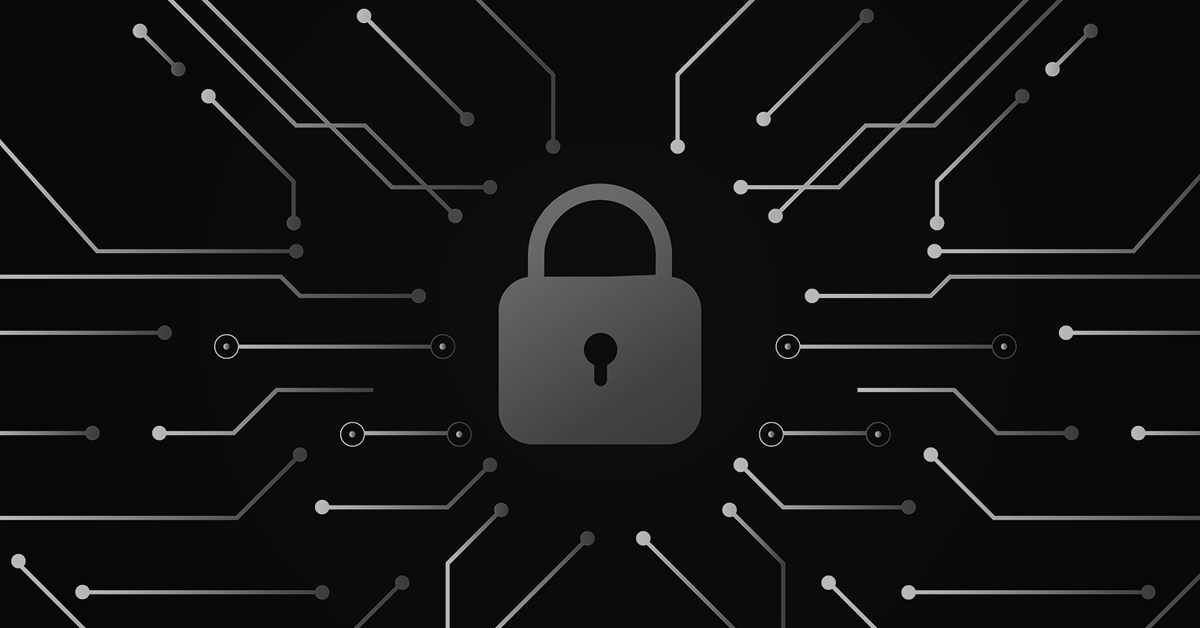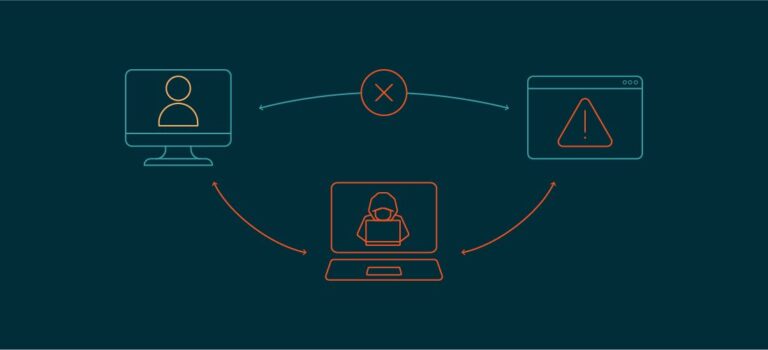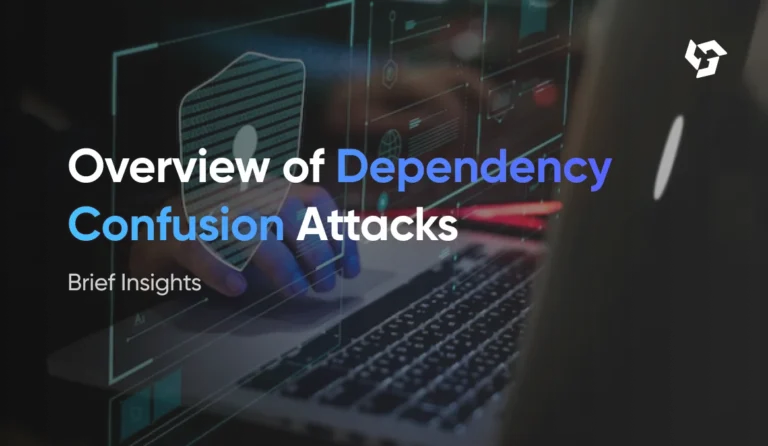Lax Security Settings: A Hidden Threat in the Digital Age
Introduction
In an increasingly digital world, the importance of robust cybersecurity practices cannot be overstated. One of the most pervasive yet often overlooked vulnerabilities is lax security settings. These are weak or improperly configured security parameters that leave systems, applications, and data exposed to malicious activities. This blog explores the consequences, common examples, and preventive measures related to lax security settings, providing over 6000 words of detailed analysis while respecting best practices in SEO optimization.
Table of Contents
- What Are Lax Security Settings?
- Why Do Lax Security Settings Exist?
- Common Examples of Lax Security Settings
- Consequences of Poor Security Configurations
- Real-World Incidents Caused by Improper Security Settings
- Best Practices to Avoid Lax Security Settings
- Tools to Audit and Fix Security Settings
- Security Settings in Popular Platforms
- How Lax Security Affects SEO and Website Ranking
- Final Thoughts
1. What Are Lax Security Settings?
Lax security settings refer to configurations in digital systems that do not meet the required security standards. These settings can exist in software applications, operating systems, network infrastructure, databases, and web services. Often, these configurations arise from default settings, misconfigurations, or a lack of proper security policies.
Examples include:
- Weak password policies
- Default credentials left unchanged
- Open ports that are not necessary
- Improper access control configurations
- Outdated encryption protocols
These oversights create opportunities for cybercriminals to exploit vulnerabilities and gain unauthorized access to sensitive information.
2. Why Do Lax Security Settings Exist?
Several factors contribute to the prevalence of lax security settings:
a. Lack of Awareness
Many organizations, especially small and medium-sized enterprises, may lack dedicated IT security staff. As a result, they might not fully understand the importance of securing system configurations.
b. Complexity of IT Systems
Modern IT infrastructures are highly complex. As systems become more integrated and interdependent, ensuring every component is securely configured becomes increasingly difficult.
c. Pressure to Deploy Quickly
Time-to-market pressures often lead teams to deploy applications without thorough security assessments, resulting in overlooked configuration issues.
d. Assumption of Security by Default
Many administrators mistakenly believe that out-of-the-box settings are secure, which is rarely the case.
e. Human Error
Configuration tasks are often performed manually, increasing the likelihood of mistakes.
3. Common Examples of Lax Security Settings
a. Weak Authentication Mechanisms
Using default usernames and passwords or implementing weak password policies makes it easy for attackers to gain access.
b. Misconfigured Firewalls and Open Ports
Leaving unnecessary ports open or incorrectly configuring firewalls can allow attackers to enter the network perimeter.
c. Insecure APIs
APIs that lack proper authentication or encryption can be exploited to extract or manipulate data.
d. Over-Permissive Access Controls
Granting excessive permissions to users or services increases the attack surface.
e. Unencrypted Communication Channels
Failing to encrypt data in transit exposes it to interception and manipulation.
f. Disabled Logging and Monitoring
Without logging and monitoring, detecting malicious activity or misconfigurations becomes difficult.
4. Consequences of Poor Security Configurations
a. Data Breaches
Misconfigured databases and storage services are frequent sources of data breaches.
b. Financial Loss
Organizations may suffer direct financial losses from fraud, legal fees, or fines resulting from regulatory violations.
c. Reputational Damage
A security incident can lead to a loss of trust among customers, investors, and partners.
d. Legal and Regulatory Consequences
Many industries are governed by strict regulations like GDPR, HIPAA, and PCI-DSS. Violations due to poor security can result in severe penalties.
e. Service Disruptions
Attacks exploiting lax settings can result in downtime or degraded service, affecting business operations.
5. Real-World Incidents Caused by Improper Security Settings
Several high-profile breaches have been caused by lax security settings:
- Capital One (2019): A misconfigured web application firewall allowed an attacker to access over 100 million customer records.
- Microsoft Power Apps (2021): Misconfigured Power Apps portals exposed 38 million sensitive records.
- Facebook (2019): Hundreds of millions of records were exposed due to improperly secured third-party databases.
These cases highlight the real-world impact of seemingly minor configuration oversights.
6. Best Practices to Avoid Lax Security Settings
a. Conduct Regular Security Audits
Frequent audits help identify and correct misconfigurations before they can be exploited.
b. Implement the Principle of Least Privilege
Ensure users and services have only the permissions they need to perform their tasks.
c. Use Strong Authentication
Enforce multi-factor authentication (MFA) and strong password policies.
d. Secure Communication Channels
Use HTTPS, TLS, and other encryption protocols to protect data in transit.
e. Patch and Update Regularly
Keep all systems, applications, and dependencies up to date.
f. Automate Configuration Management
Use tools like Ansible, Puppet, or Chef to manage configurations programmatically and reduce human error.
7. Tools to Audit and Fix Security Settings
Several tools can help identify and remediate insecure settings:
- OpenVAS: A comprehensive vulnerability scanner
- Lynis: A security auditing tool for Unix systems
- Nessus: A widely-used vulnerability assessment tool
- Microsoft Security Compliance Toolkit: Helps configure Windows systems securely
- AWS Trusted Advisor: Analyzes AWS environments for security best practices
- Kube-Bench: Checks Kubernetes clusters against CIS benchmarks
8. Security Settings in Popular Platforms
a. WordPress
WordPress sites are often targeted due to poor security settings. Always:
- Change default admin usernames
- Use security plugins
- Keep themes and plugins updated
b. Cloud Platforms
Misconfigured S3 buckets and unrestricted IAM roles are common issues. Use security policies and audit logs.
c. Databases
Disable remote root access, use encrypted connections, and regularly review user permissions.
d. Email Servers
Configure SPF, DKIM, and DMARC to prevent spoofing and phishing.
9. How Lax Security Affects SEO and Website Ranking
Google and other search engines prioritize secure websites. Improper security settings can:
- Lead to blacklisting
- Cause SSL certificate errors
- Increase bounce rates
- Decrease trustworthiness
Implementing HTTPS and ensuring secure server configurations contribute to better SEO rankings.
10. Final Thoughts
Lax security settings are a silent yet significant threat in today’s cyber landscape. While often overlooked, these misconfigurations can lead to catastrophic outcomes for individuals and organizations alike. By understanding the risks and implementing best practices, it is possible to build a secure digital environment that protects data, maintains trust, and supports business continuity.
Proactively managing configurations, investing in security tools, and fostering a culture of cybersecurity awareness are essential steps toward mitigating this ever-present threat.
For more cybersecurity tips and updates, follow our blog and stay informed about the latest in digital security.






